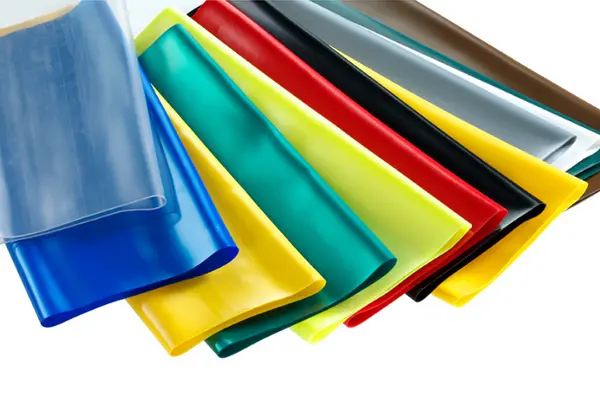Poly Wrap vs. Shrink Wrap: Unveiling the Distinctions in Packaging Solutions
In the realm of packaging, poly wrap and shrink wrap stand as two prevalent options, each offering unique properties and catering to specific applications. While both serve the purpose of protecting and containing products, they differ in their material composition, functionality, and suitability for various packaging needs.
Poly Wrap: A Versatile Protective Covering
Poly wrap, also known as polyethylene wrap or stretch wrap, is a clear, flexible film made from polyethylene, a synthetic polymer. Its distinguishing characteristic is its ability to stretch and cling to objects, providing a snug fit and secure wrapping. Poly wrap is commonly used to:
-
Cover and protect products: It shields items from dust, moisture, and minor scratches, preserving their quality and appearance.
-
Bundle products together: It binds multiple items into a single unit, facilitating handling, transportation, and storage.
-
Pallet stabilization: It secures products onto pallets, preventing them from shifting or falling during transport.
Shrink Wrap: Embracing Heat-Activated Conformity
Shrink wrap, on the other hand, is a type of plastic film that shrinks when exposed to heat, conforming tightly to the shape of the object it surrounds. This property makes shrink wrap ideal for applications where a tightly fitting, tamper-evident seal is desired. Shrink wrap is often used for:
-
Individual product packaging: It provides a protective barrier and a tamper-evident seal for various products, such as food items, beverages, and electronics.
-
Multi-pack bundling: It securely groups multiple products together, enhancing product presentation and preventing damage during transport.
-
Protective covering for palletized goods: It provides a snug fit around pallets, preventing products from shifting or falling during transportation and storage.


Key Differences: Material Composition and Functionality
The primary distinction between poly wrap and shrink wrap lies in their material composition and functionality:
-
Material composition: Poly wrap is made from polyethylene, a thermoplastic that retains its shape when stretched. Shrink wrap, on the other hand, is typically made from polyolefin, a thermoplastic that shrinks when exposed to heat.
-
Functionality: Poly wrap relies on its stretchability to conform to objects, while shrink wrap relies on heat activation to achieve a tight fit.
Choosing the Right Option: Application-Specific Considerations
The choice between poly wrap and shrink wrap depends on the specific application and desired outcome:
-
For applications requiring a snug fit and tamper-evident seal, shrink wrap is the preferred choice.
-
For applications where a protective covering and secure bundling are needed, poly wrap is a suitable option.
-
For applications where transparency is essential, poly wrap offers clear visibility of the product.
Conclusion: Diverse Solutions for Diverse Needs
Poly wrap and shrink wrap represent two distinct yet valuable packaging solutions, each with its own unique advantages. By understanding their material properties and functionalities, businesses and individuals can make informed decisions about the most appropriate packaging option for their specific needs, ensuring optimal product protection, presentation, and transportation.
Post time: 11-21-2023

